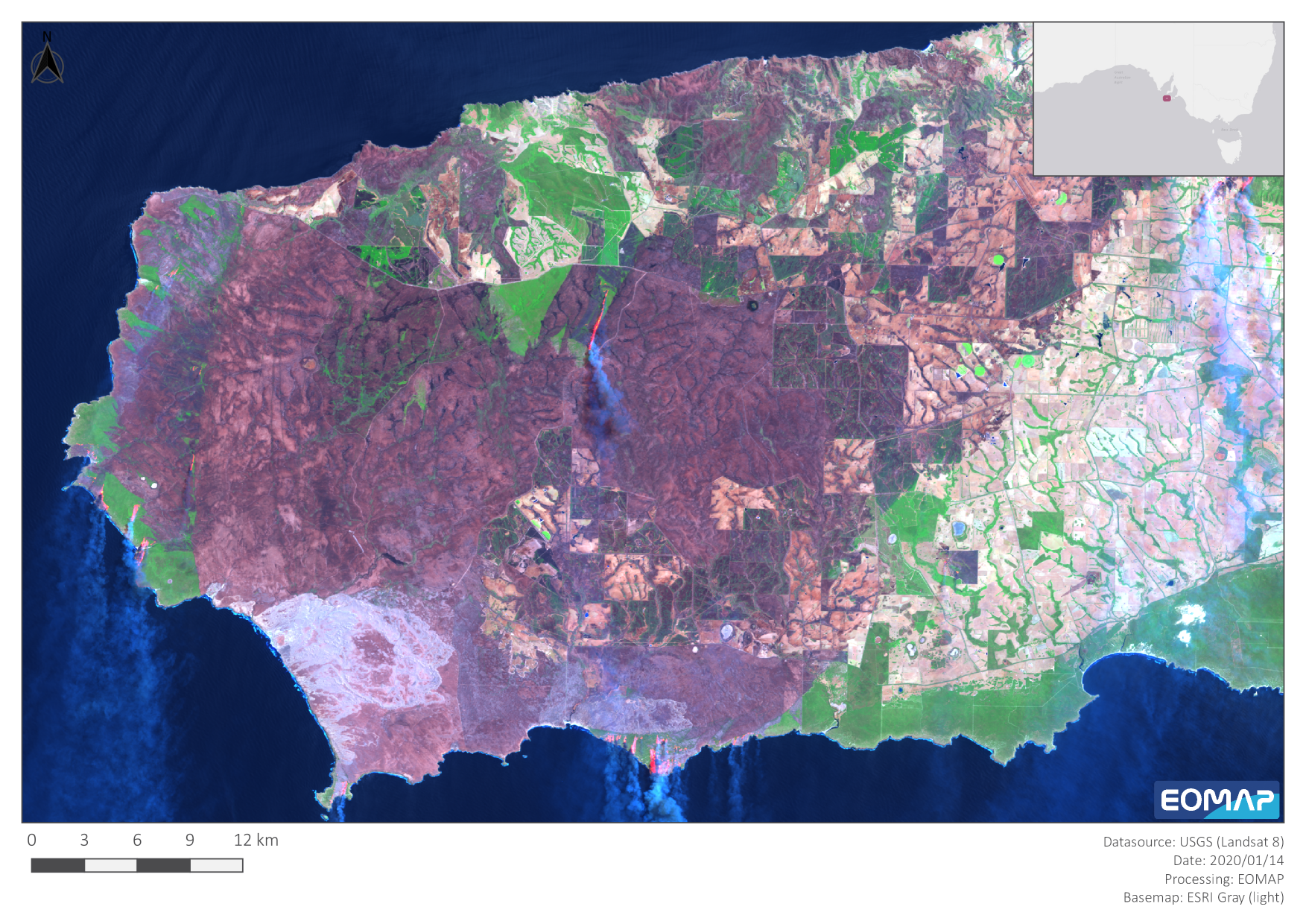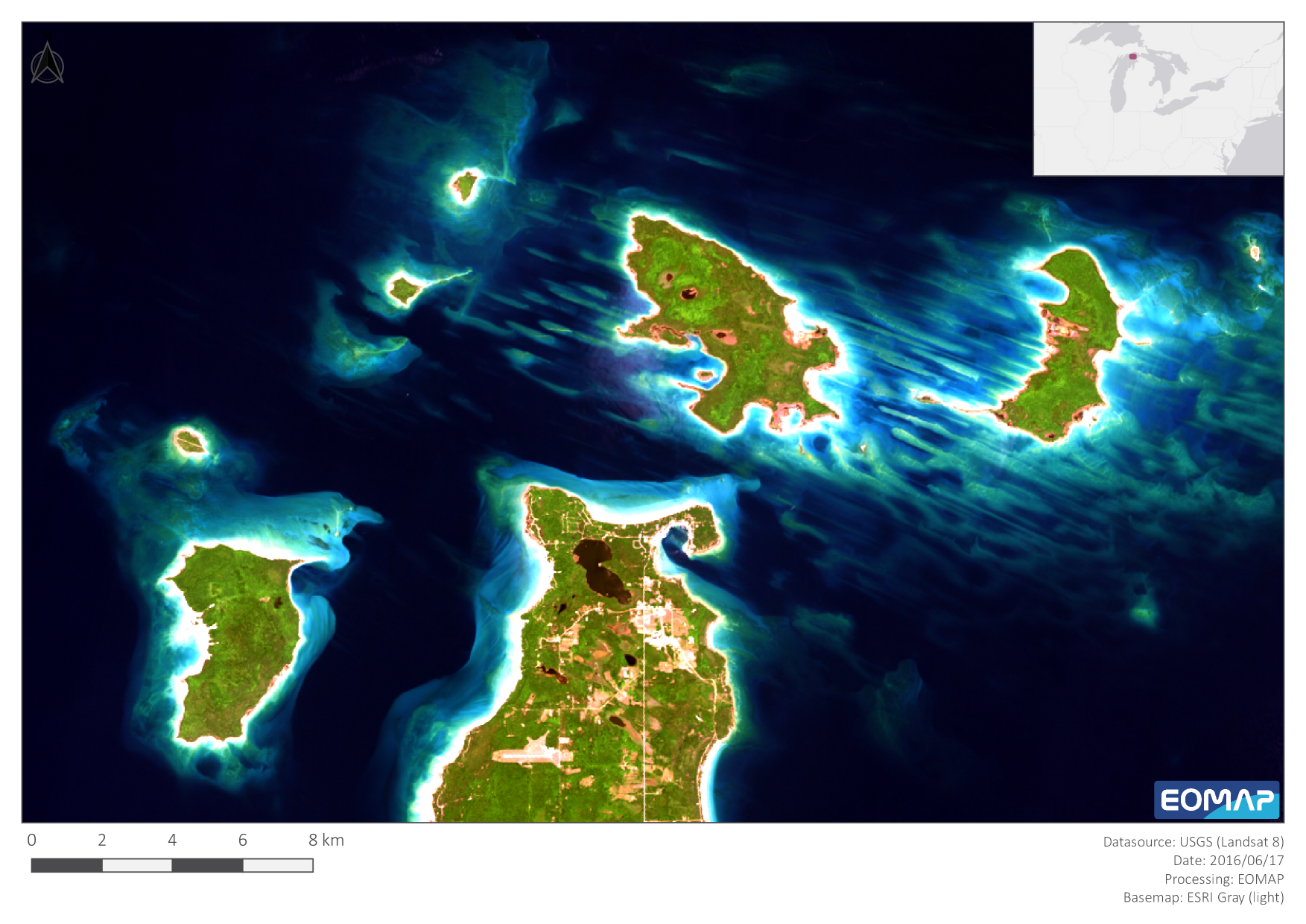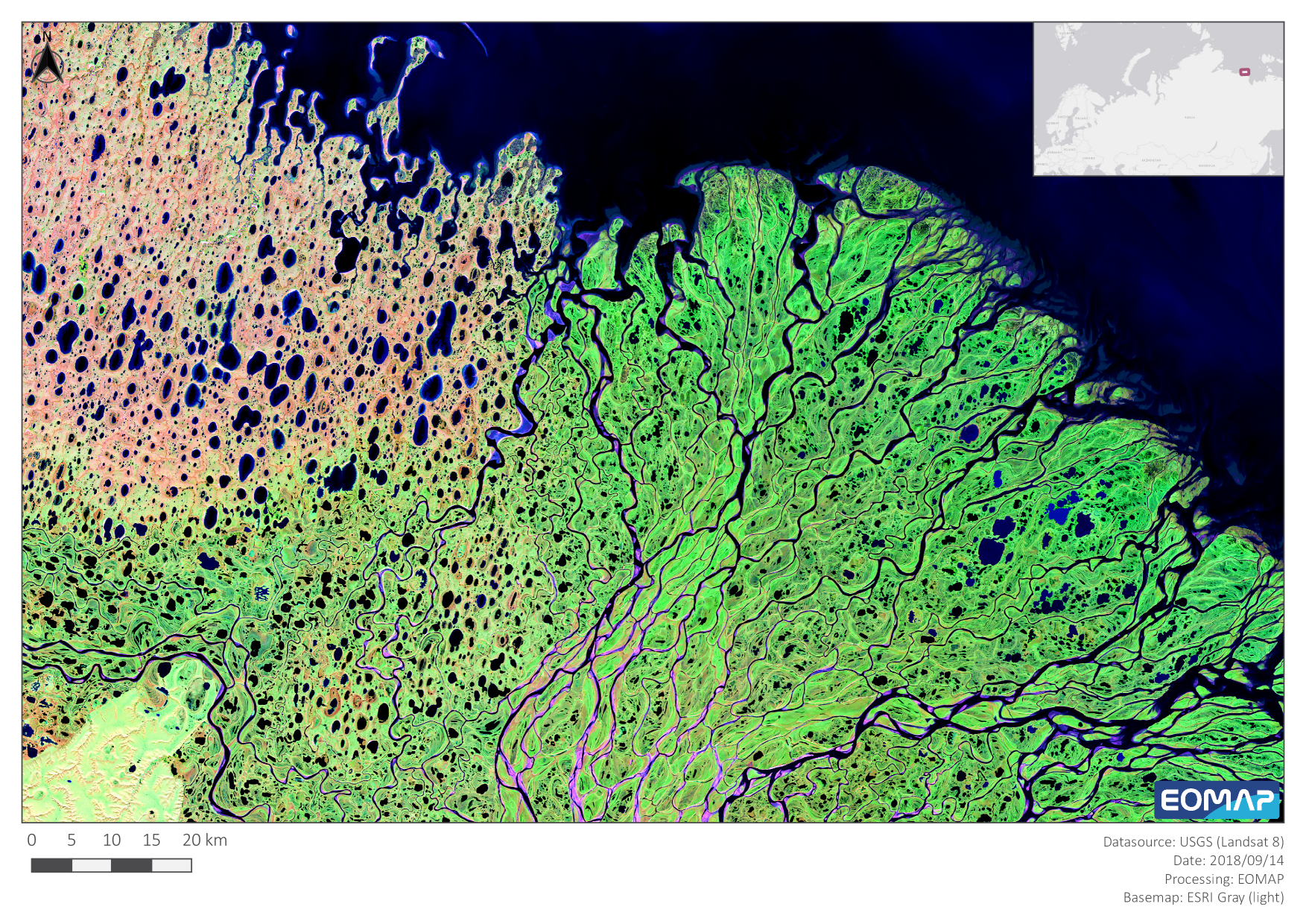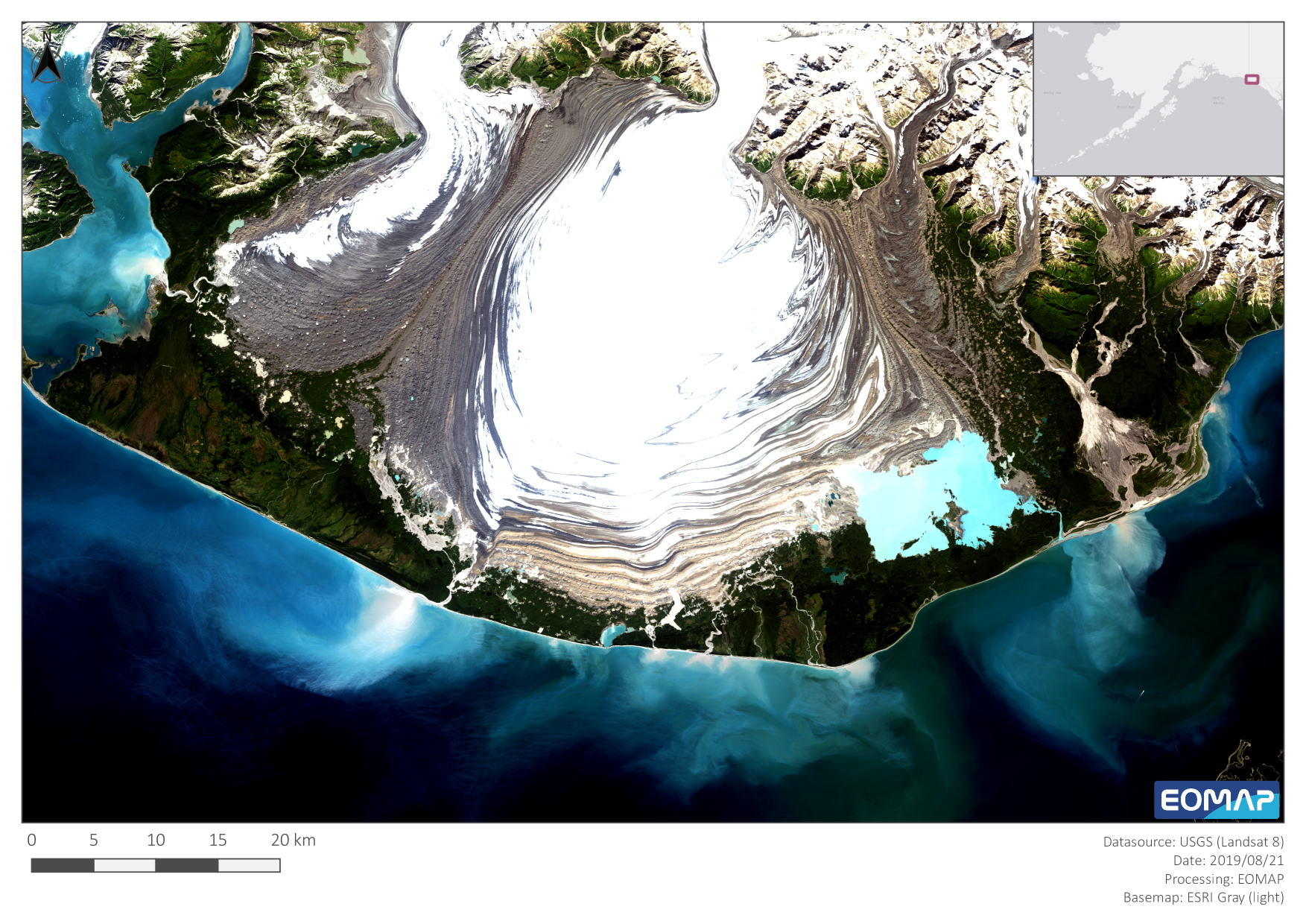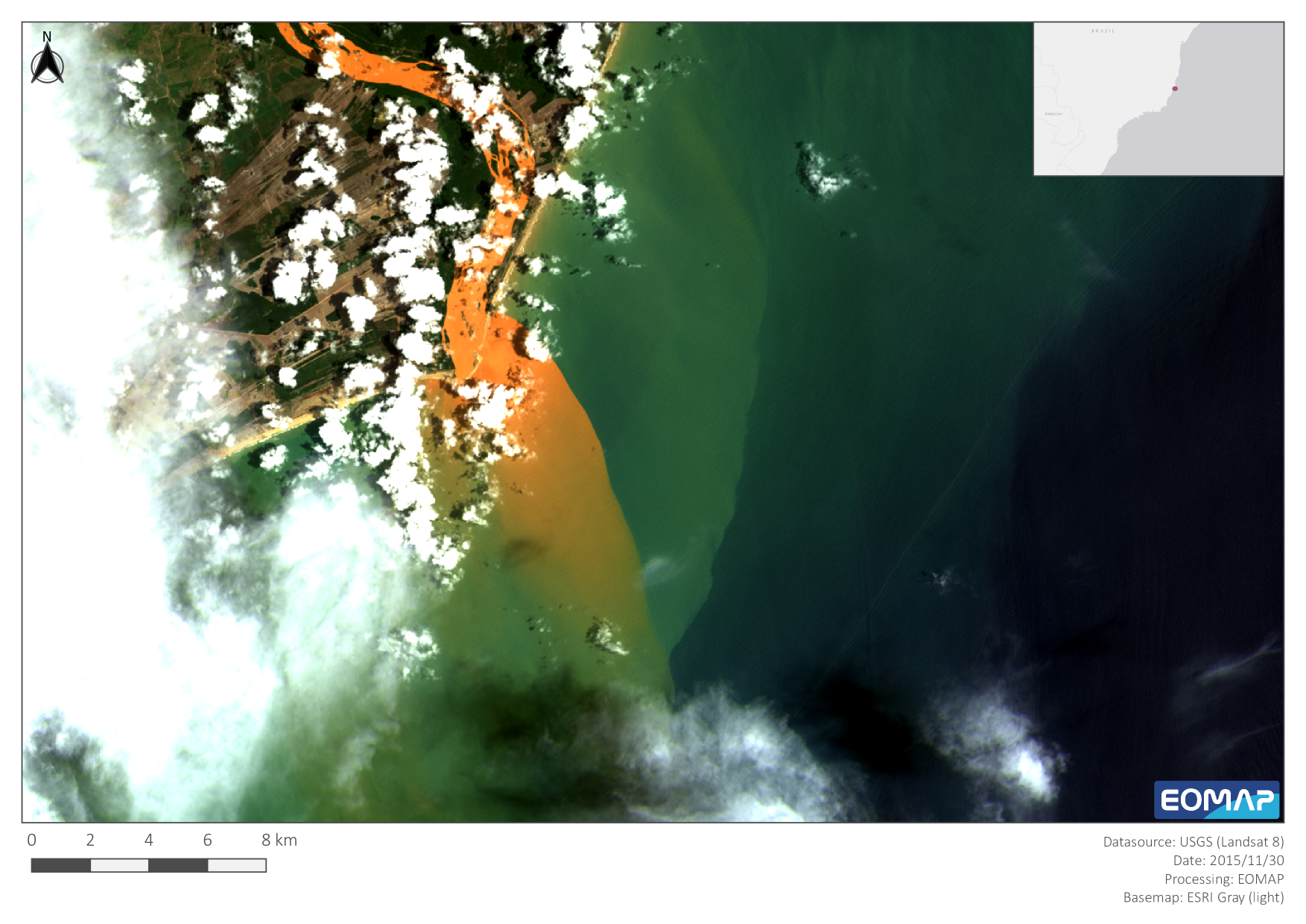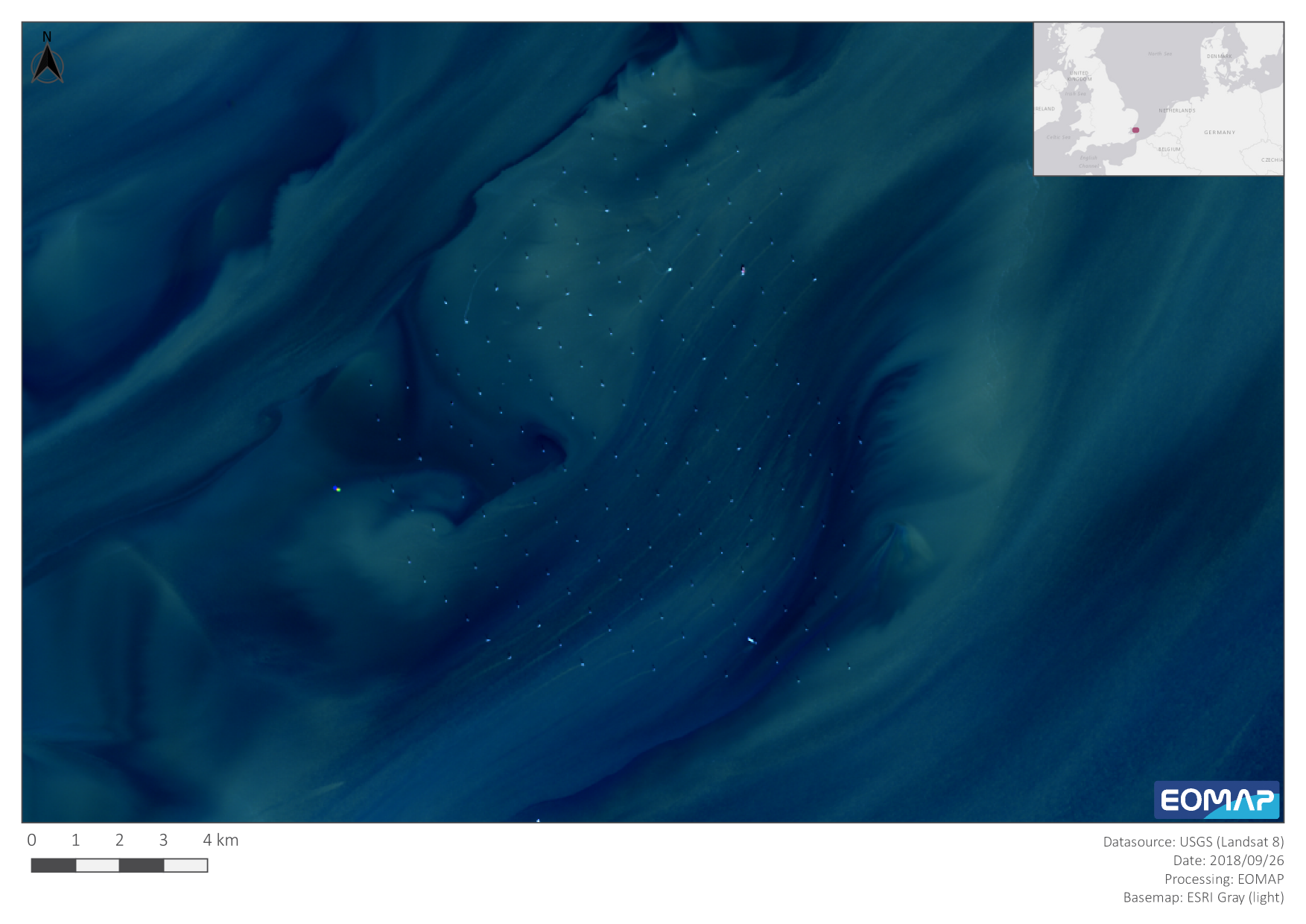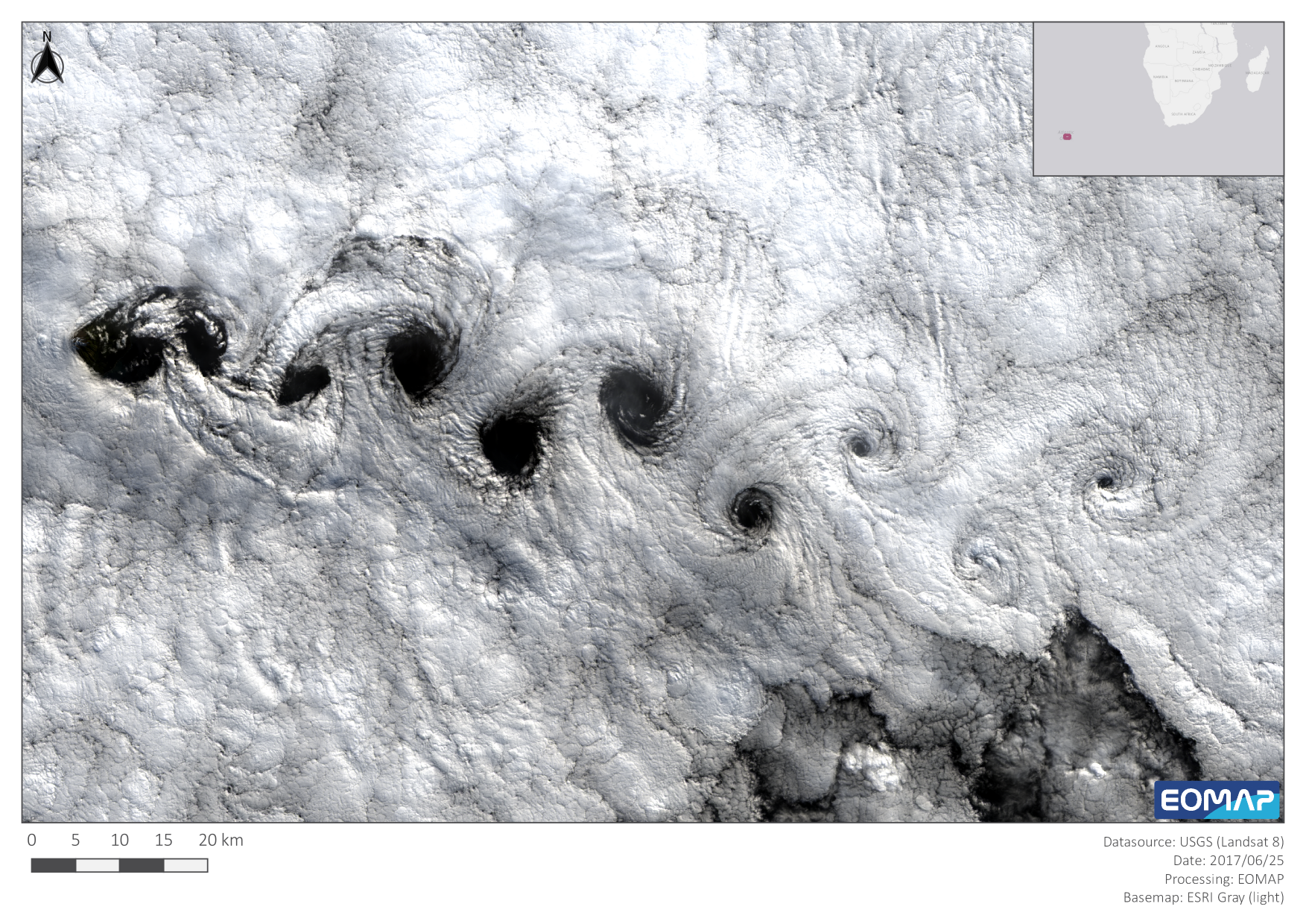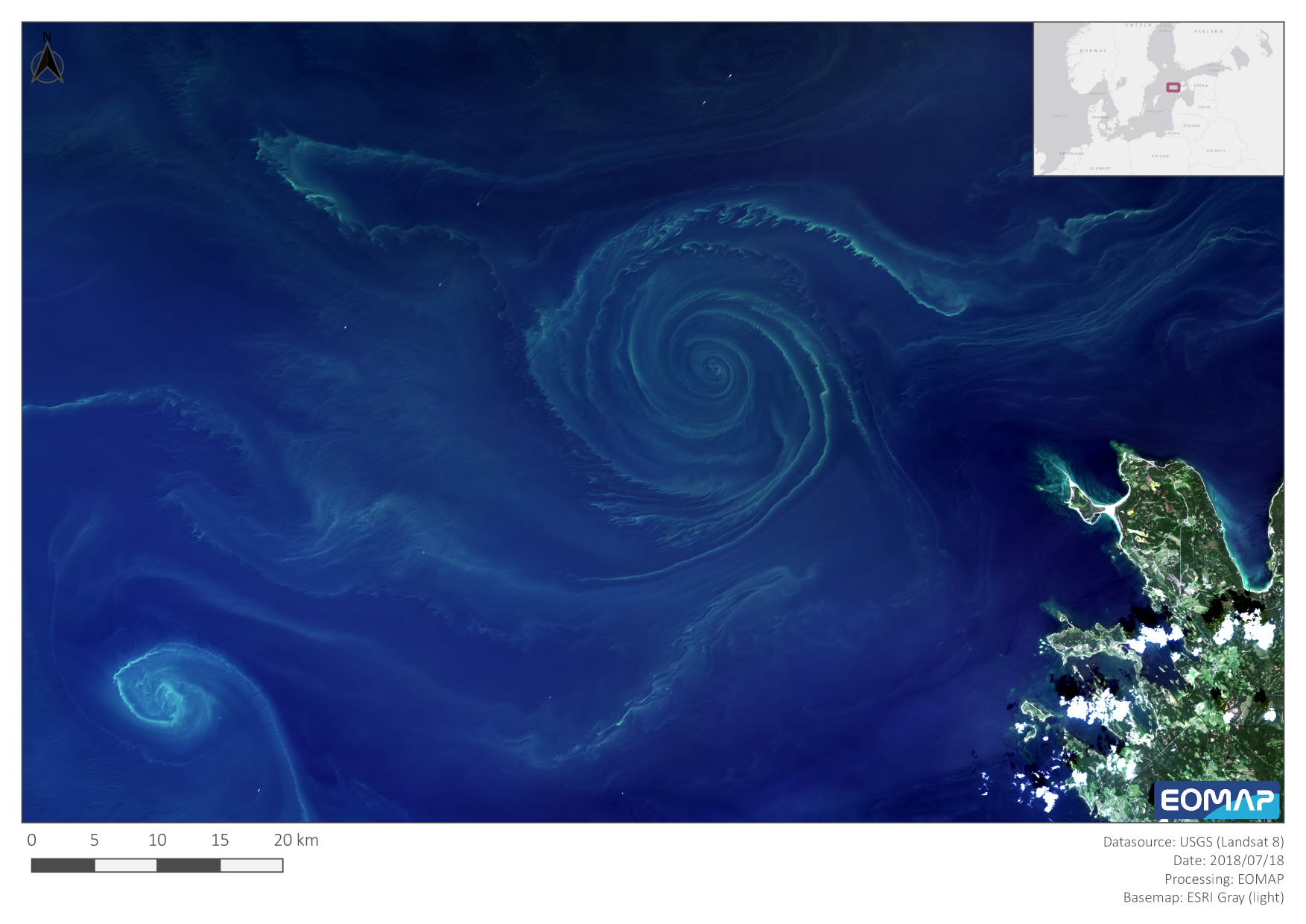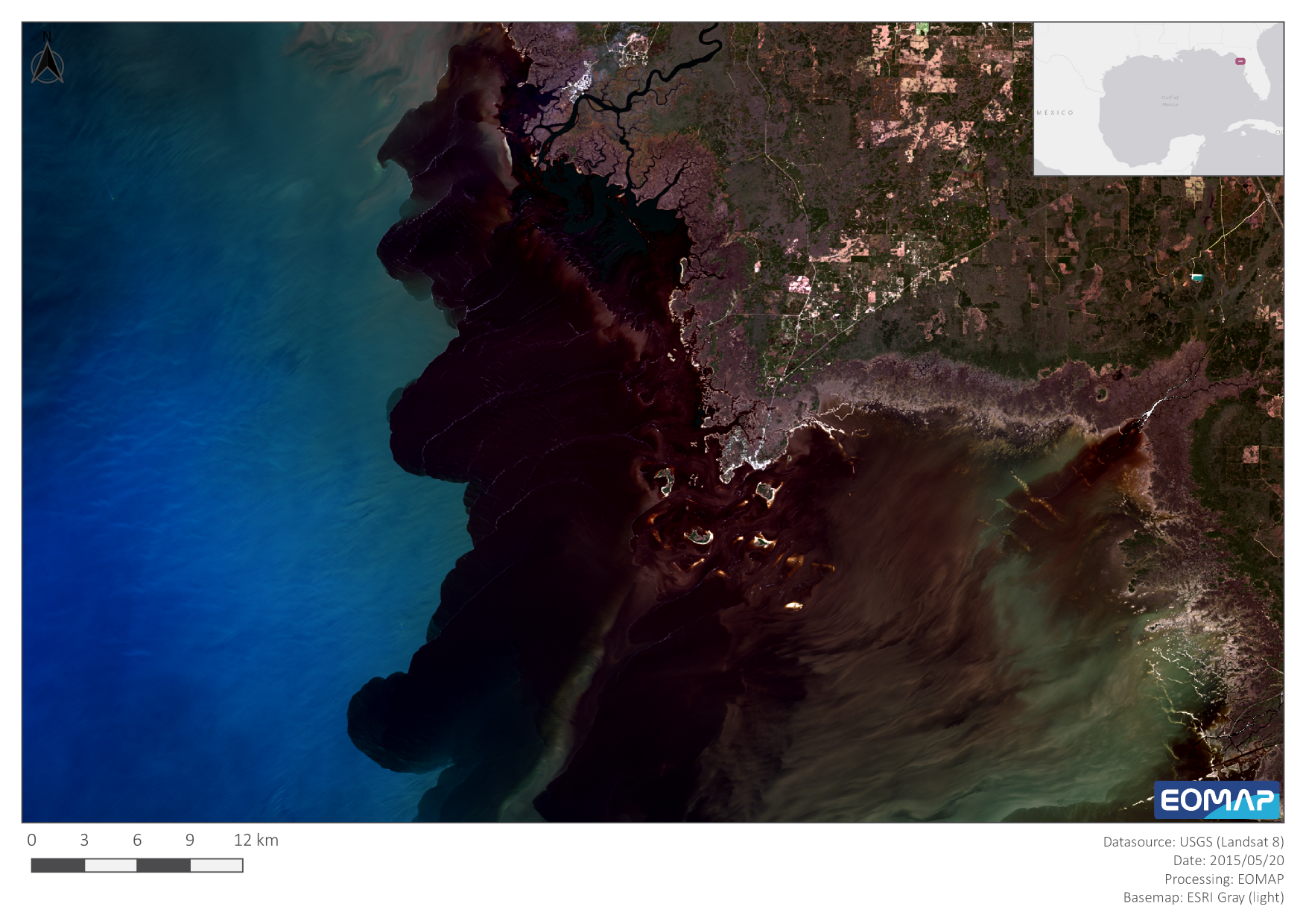The Landsat program has been a huge success story throughout the course of earth observation history. The most current system, Landsat 8, was launched on February 11th, 2013, and delivered its first image exactly seven years ago, on March 18th of 2013. With a lot of inspiration from NASA’s Image of the Day, we want to celebrate this anniversary by showing some of the most spectacular images from this timespan around the globe.
Latest EOMAP News
Reuters bases Mekong article on EOMAP data
From Climate to Nature and Biodiversity: Insights on COP30
Water Crisis in Iran – Lessons to be learned
Italian Webinar: Water Quality Monitoring from Space
Projektstart SEAGUARD
SDB Update #9 – Validation and Accuracy
Related Posts
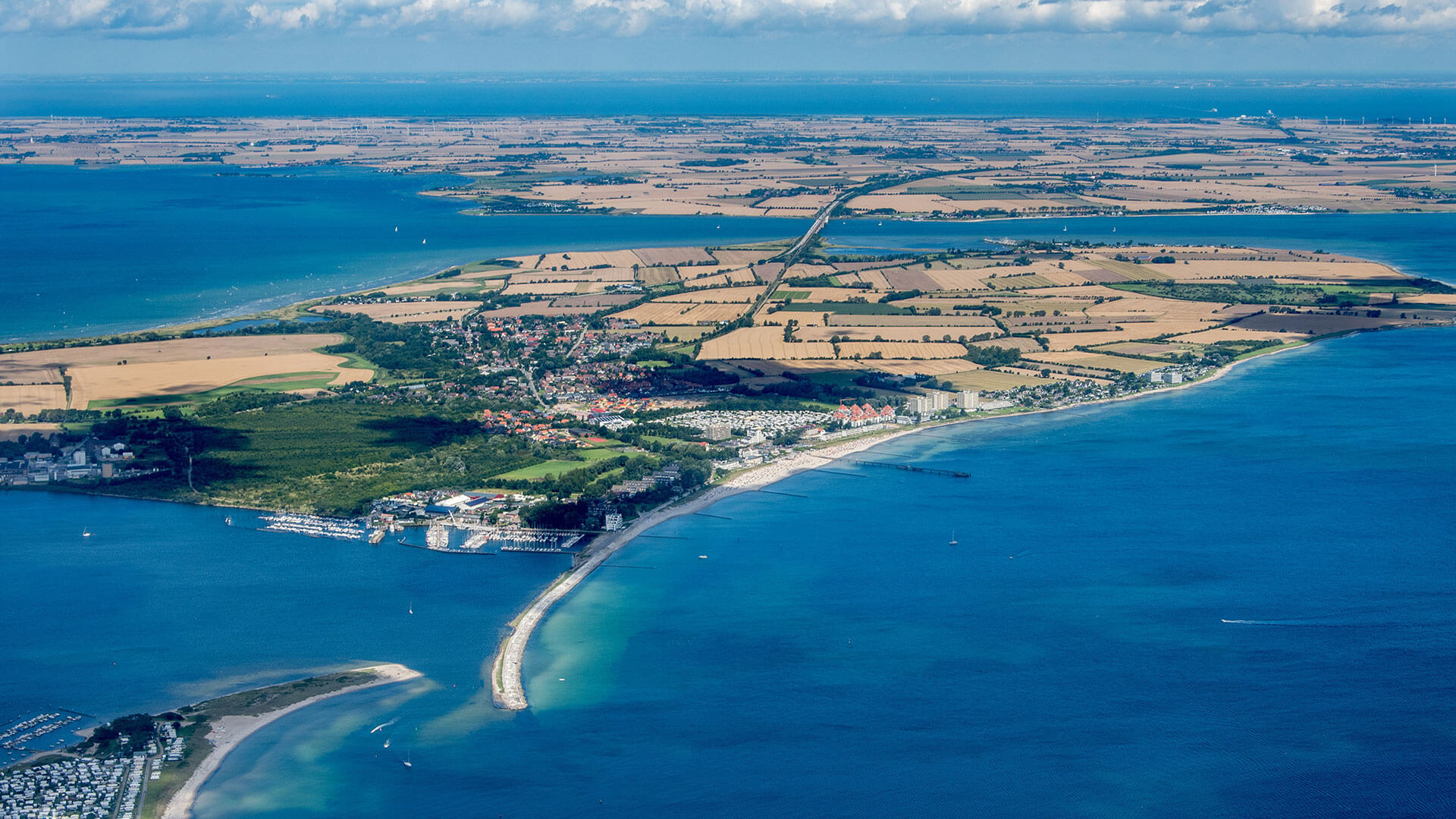
05 / 2025
Planet contract: Supporting Germany’s water monitoring
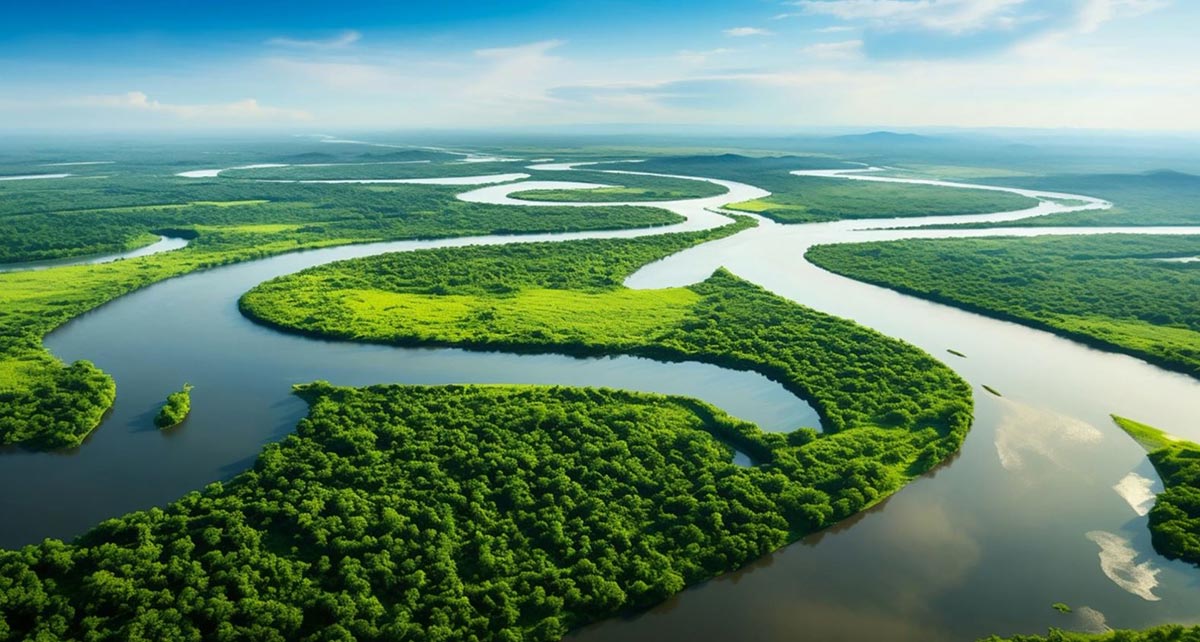
03 / 2025
German Innovation Prize 2025 – EOMAP listed among top 3

03 / 2025
Deutscher Innovationspreis 2025 – EOMAP unter den top 3

02 / 2025
Fugro acquires EOMAP
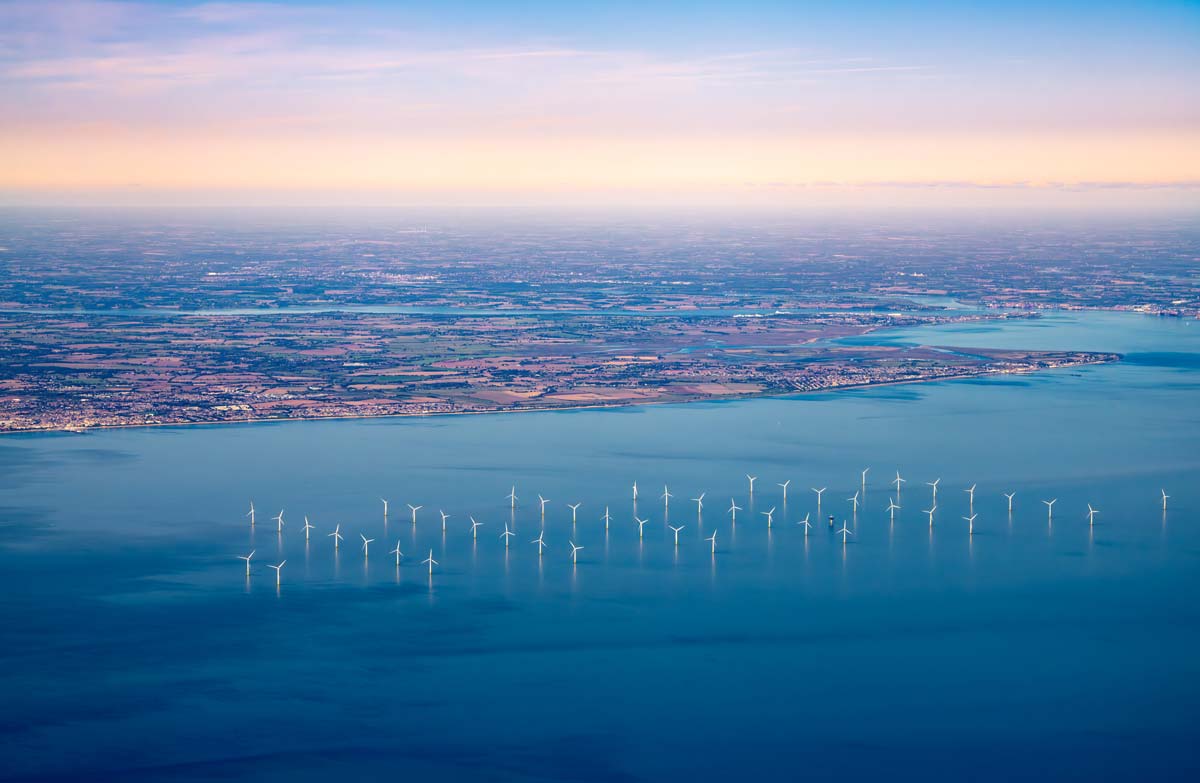
02 / 2025
Fugro erwirbt EOMAP

12 / 2024
A short recap of 2024
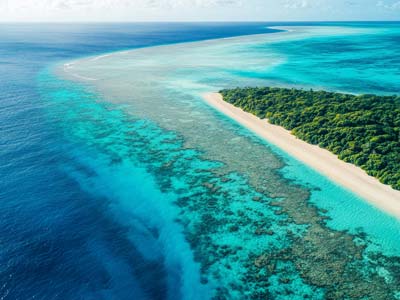
12 / 2024
COASTS – Projekt für widerstandsfähigere Küsten-Ökosysteme gestartet
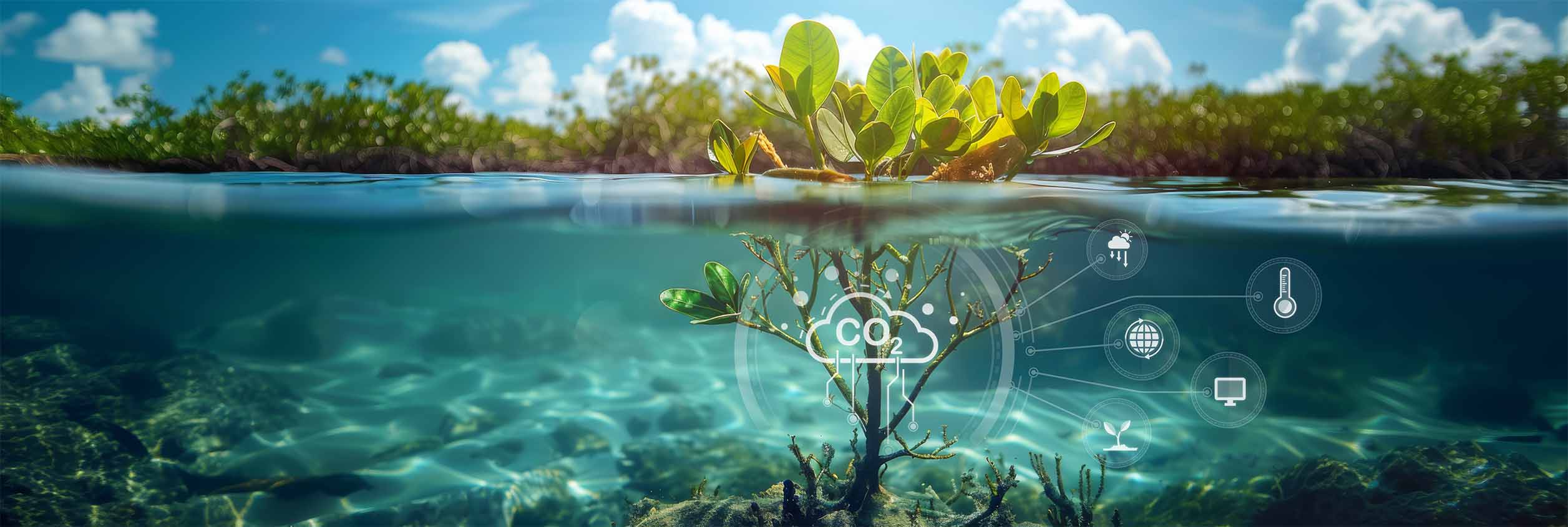
12 / 2024
COASTS project launched to enhance coastal resilience and blue carbon ecosystems

09 / 2024
Danish Depth Model updated with EOMAP data

06 / 2024

